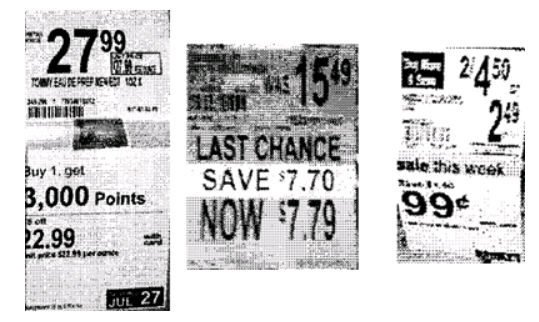Remember when George Bush was lambasted for supposedly not knowing what a price scanner was? Scanners now are ubiquitous. But are you one of those people that watch as your items are scanned to make sure the price is accurate? If not, maybe after reading this blog you will be.
Missouri Attorney General Koster recently sued a drug store chain alleging the company has been engaged in several unlawful practices that violate Missouri's Merchandising Practices Act. The complaint focused on price scanner inaccuracies. Many states have laws that put caps on the number of acceptable inadvertent variations there can be between a posted price on a store shelf or sign and the price charged for the item at check out. Here the retailer allegedly "consistently and systematically displayed inaccurate sales tags, overcharged customers, failed to remove expired sales tags, and failed to consistently ensure the price charged is the same as the price advertised." Prior to filing suit the AG's office conducted undercover visits to eight stores in five cities across Missouri. Of a total of 205 purchased products, investigators found 43 price discrepancies, with overcharges ranging from a few cents to more than $15.00 per item. No store means to do such things, of course, so the perhaps less than helpful lesson here is be careful and try to update your store signage and shelf labels, and for chains to put a program in place to check for individual store compliance.
Perhaps of more interest is that the retailer also "used misleading or confusing in-store-signs." The complaint alleges that shelf tags showed multiple prices or discounts or opportunities for loyalty points and that these multiple offers were confusing and required "unreasonably careful study" by consumers to understand the deals. The AG took issue with certain tags saying that the purchase of an item is "like getting" the product for a reduced price. Pardon the blurriness, but here are some examples of the shelf tags with which the AG is taking issue:

Koster is also taking aim at the store's rewards program, which promises additional price reductions and savings. According to the complaint, rewards members do not receive all the membership savings as advertised, and some shelf tags include fine print indicating that reward members need a coupon in addition to their membership to receive additional savings.
Loyalty programs are used with increasing frequency to offer customers who participate in the program special deals. Some more sophisticated retailers are now offering deals specific to particular members. Many states have actively enforced sales pricing laws and taken aim at retailers they perceive to be offering perma-sales, but will loyalty programs be the next state retail enforcement focus? Like sales pricing enforcement, we view such attacks as largely anti-consumer. Low prices and deals are good for consumers and should not be the subject of over-regulation. That said, this case is a helpful reminder for retailers to take a step back and see if too much of a good thing – i.e. too many varied deals – could put you at risk for a challenge that your pricing is not adequately communicated to consumers.
The content of this article is intended to provide a general guide to the subject matter. Specialist advice should be sought about your specific circumstances.



